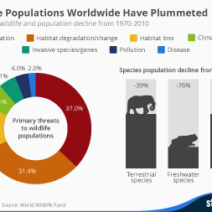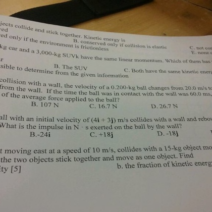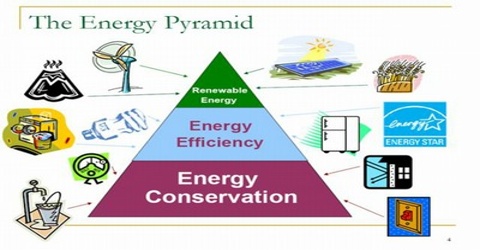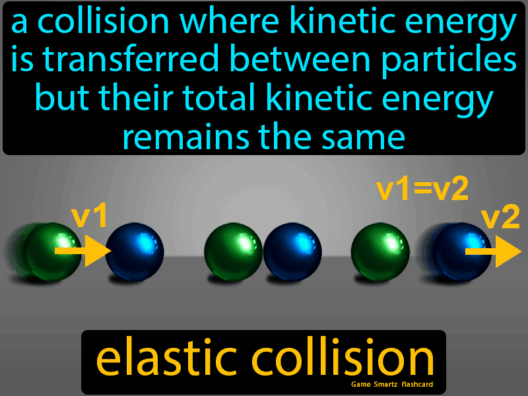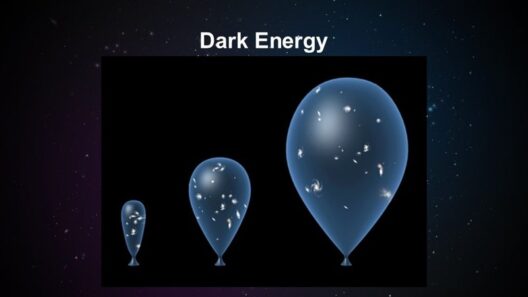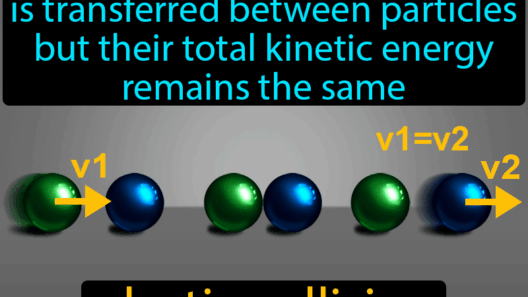Energy is the invisible thread that binds the fabric of our universe. It is present in every action, from the whisper of a breeze to the thundering crash of a waterfall. The principle of conservation of energy asserts that energy can neither be created nor destroyed; it merely transforms from one form to another. This fundamental concept lays the groundwork for understanding how energy flows and interacts within natural and engineered systems. It’s much like the stunning interplay of light and shadow—each influencing the other, yet neither overstepping its bounds.
To grasp the elegance of the conservation of energy, consider nature itself—a magnificent tapestry where energy reigns supreme, flowing through ecosystems and powering celestial events. In this article, we will delve into the intricacies of this principle, exploring its implications, applications, and profound significance in a world increasingly dependent on efficient energy utilization.
A Unified Framework: Forms of Energy and Their Transformations
The principle of conservation of energy operates across various domains of physical science, and to comprehend this, one must first explore the different forms energy takes. From kinetic energy—the energy of motion—to potential energy, which is stored energy based on an object’s position, each type plays a crucial role in a larger narrative. The beauty lies in their interconvertibility.
Consider a pendulum. At its highest point, it possesses maximum potential energy. As it swings downwards, that potential energy is translated into kinetic energy. At the lowest point, the pendulum’s kinetic energy peaks. Then, as it rises again, energy reverts to potential form. This cycle beautifully illustrates the smooth transitions that occur in our universe, akin to the ebb and flow of the tide. If one were to keep track of the energy throughout this movement, the total amount remains constant, demonstrating that even movement has its limitations, bound by the laws of nature.
In the realm of thermodynamics, energy preservation takes a more complex shape. The first law, essentially a formal verification of the conservation principle, posits that energy in a closed system is constant. It is a cornerstone of physics that governs everything from steam engines to biological systems. However, the concept branches out into the second law of thermodynamics, introducing the idea of entropy. Entropy reflects the degree of disorder in a system, suggesting that as energy transformations occur, some energy disperses in a less usable form—often as heat. Like a symphony reaching its crescendo, energy can create beautifully orchestrated outcomes, but it also leaves behind discordance, representing lost potential.
Implications of Energy Conservation in Our Daily Lives
The principles overshadow our everyday existence. We may not realize it, but the applications of energy conservation manifest in numerous forms around us—shaping industries, driving innovations, and influencing environmental policies.
Take renewable energy sources, for example. Solar panels harness solar energy, converting it into electricity through photovoltaic cells. Wind turbines capitalize on kinetic energy generated by moving air, transforming it into mechanical power. Both epitomize the conservation principle by tapping into energy already available in the environment, rather than depleting finite resources. The technological advancements resulting from these applications embody human ingenuity, demonstrating our ability to responsibly harness nature’s gifts while preserving the energy that sustains us.
In the building sector, understanding the conservation of energy is crucial in developing energy-efficient structures. Insulation materials, energy-saving appliances, and smart home technologies not only reduce consumption but also cleverly reboot how we perceive energy use. A well-insulated home may retain heat for extended periods, allowing its inhabitants to enjoy warmth without expending additional energy resources. Such innovations contribute to the reduction of greenhouse gas emissions and promote sustainability—a testament to the conservation principle beautifully applied.
Fostering Environmental Stewardship through Energy Awareness
As custodians of this planet, awareness of the conservation of energy compels us towards responsible stewardship. The more we understand how energy interacts and transforms, the better equipped we are to make informed choices that support not only our needs but also the needs of future generations.
Conservation extends beyond mere efficiency; it fosters a mindset that values sustainability and actively prioritizes the preservation of our ecosystems. When individuals and organizations commit to conserving energy, they engage in a conscious dialogue with nature, recognizing their role in an intricate network of life where every energy exchange has ripple effects. It’s a dance of interconnectedness, urging us to tread lightly on a world that sustains us.
Adopting energy conservation practices—from the simple act of turning off lights to advocating for policy changes—can collectively shift the trajectory of our environmental impact. By embracing this principle, we can mitigate climate change, promote biodiversity, and ensure a healthier planet for generations to come.
In essence, the principle of conservation of energy is far more than a scientific axiom. It is a philosophical lens through which to view our place in the universe. Each energy transformation is a reminder of the intricate balance we must maintain. As we navigate the complexities of an ever-changing world, understanding this principle invites us to participate in a legacy of sustainability, balance, and responsible stewardship.
In the grand narrative of existence, the preservation of energy shines as an enduring truth—an invitation to harmonize our lives with the rhythms of nature and the energy that courses through it.
